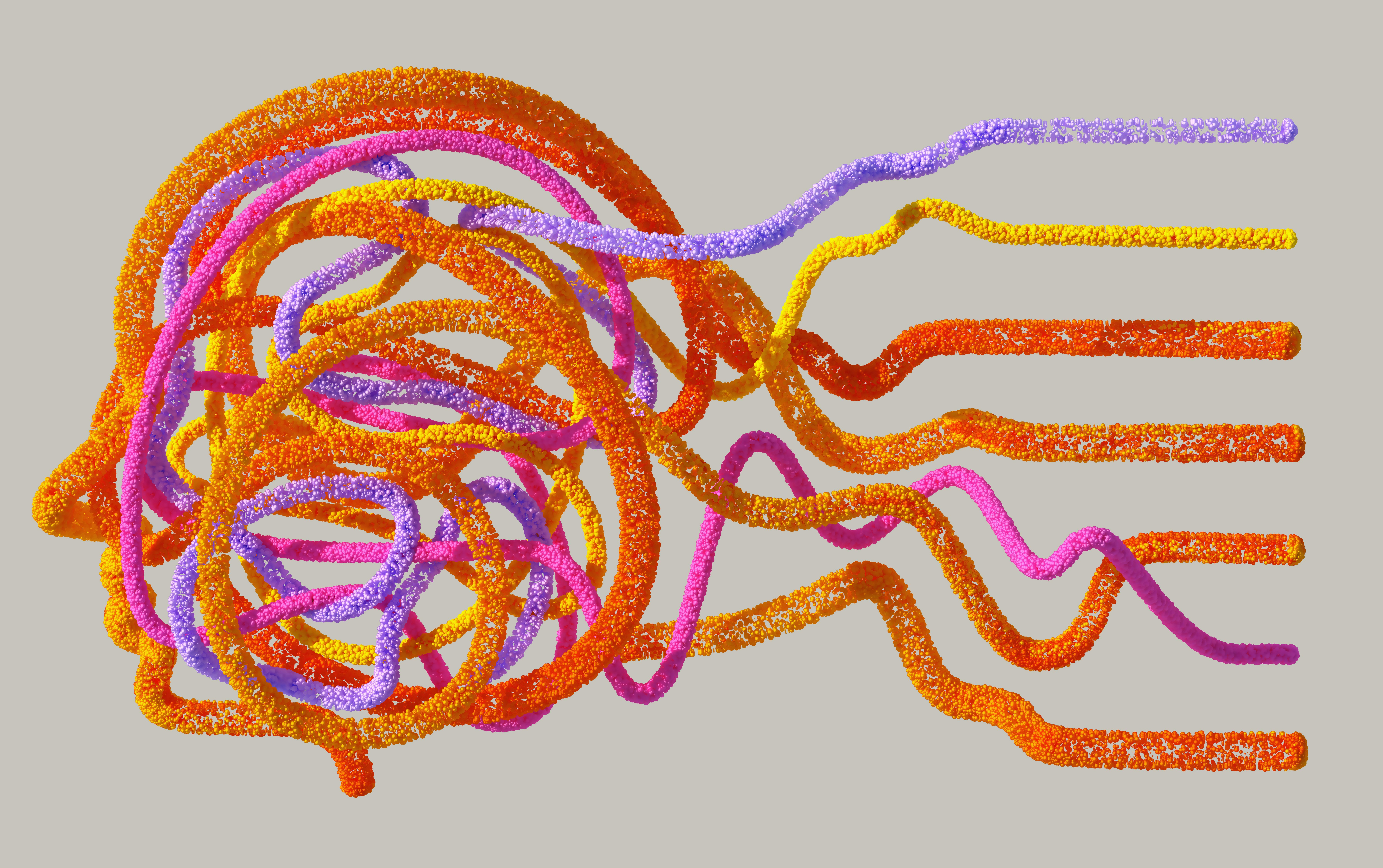NANOVERY is seeking a physical scientist with computational modelling expertise and an understanding of reaction mechanisms.
Our mission is to provide accurate and reliable solutions for researchers and clinicians to quantify Nucleic Acid analytes. As we expand our team, we are looking for a dedicated scientist to contribute to our predictive capabilities.
The successful candidate will be responsible for producing and analysing predictive models to improve our design processes behind NANOVERY’s proprietary technology, Nucleic Acid Nanorobotics (NANs).
The role requires a strong foundation in computational modelling and an understanding of reaction kinetics and thermodynamics. You will work closely with an interdisciplinary team of nanotechnologists, developing a deep understanding of our technology to improve the predictive power of our design processes.
This is a 24-month project with the possibility for a permanent position in predictive modelling and NAN design.
Our Laboratories are based in Newcastle upon Tyne, offering a high quality and affordable lifestyle with great opportunities for exploring the outdoors and participating in culture. We would expect you to commute or relocate for this role to facilitate knowledge transfer and team integration.
Working with us, you can expect a nurturing environment where you can carve your own career path whilst contributing to the success of an early-stage enterprise. Our team embodies our company values of being‘pioneering innovators that act with integrity and fortitude’which have carried us from early technology conception to market entry.
Key Purpose of role: Improving predictive powers and NAN design in line with company strategy.
Responsibilities:
- Develop and implement computational tools and algorithms to predict and analyse the secondary structures of nucleic acid sequences.
- Use predictive modelling techniques to analyse inter/intramolecular hybridisation and toehold-mediated strand displacement processes.
- Interpret simulation results in the context of experimental data.
- Contribute to the development of computational standard workflows, including predictive modelling, simulation and data analysis.
- Collaborate with experimental teams to validate computational findings.
- Maintain detailed records of computational procedures and results.
- Stay up to date with the latest advancements in computational physics and apply them to research projects.
- Work closely with interdisciplinary teams.
What you will need:
- PhD in physical/chemical/computational sciences (molecular focus), or equivalent experience.
- Detailed understanding of thermodynamic and kinetic principles.
- Experience with modelling and analysing chemical reaction systems deterministically and stochastically.
- Solid understanding of data analysis and machine learning.
- Experience with Python and its scientific packages (e.g., NumPy, SciPy, Pandas, Sci-Kit learn)
- Demonstrated experience in delivering an independent research project.
Desirable:
- Experience with computational tools and algorithms for predicting nucleic acid secondary structures (e.g., RNAfold, ViennaRNA, NUPACK).
- Familiarity with State-of-the-art software engineering principles.
- Experience with C/C++.
- Experience working in an inter-disciplinary team.
- DNA nanotechnology background.
Competencies:
- Output driven and resourceful, able to move quickly to push projects forward independently.
- Strong attention to detail.
- Enjoys teamwork and has a positive attitude.
- Good interpersonal skills with both internal and external stakeholders.
- Adaptable and able to understand new areas of science.
- Collaborative and open in communication style, persuasive and balanced.
What we offer:
- Competitive salary (£42K - £55K dependent on experience).
- Pension enrolment from start of project.
- Warm and dynamic work environment.
- Team building and social activities.
- 30 days annual leave.
About NANOVERY
Nanovery was founded in 2018 with a mission is to empower the development of next generation therapies and diagnostics with our NAN-based platform for quantifying nucleic acid targets.
We look for dynamic, hard-working people who dare to push the boundaries of technology development and are motivated by challenging problems. If you share our commitment to excellence, we would love to hear from you.
More on Nucleic Acid Nanorobotics (NANs)
NANOVERY are leading experts in DNA nanotechnology. This is an area of science that treats synthetic DNA as a biocompatible material for building objects or performing tasks and computation.
NANs use base-pairing and non-covalent chemical behaviours of this synthetic DNA to create nanoscale devices which perform useful autonomous behaviours, hence the term ‘nanorobot’.
You may imagine a DNA/RNA sequence as an input to our NANs, triggering a rapid cascade of reactions between DNA strands that amplify a signal. We measure the output of this using fluorescence using a plate reader, giving a quantitative readout.
NANOVERY is an equal opportunities employer -We encourage people of all backgrounds, genders, and abilities to apply.
Any pre-application queries can be sent to contact Roma Galloway (COO) (she/her) at .
Interview process -First stage:Preliminary call,Second stage:Technical interview and face to face with team.
The deadline for this application is Friday the 20thof April 2025 with interviews being held in the first week of May 2025.
Important information regarding your application
By making this application, you confirm your consent for NANOVERY to hold details of your application and associated personal information strictly for recruitment purposes. NANOVERY will keep all recruitment documentation for 12 months following the job position being filled. The successful candidates' recruitment documentation will be kept in accordance with NANOVERY’s Internal Personal Data Policy.
If you wish for your information to be removed from our records before that date, please contact us stating "Personal information removal request" in the title of your email to or by writing to us at NANOVERY, The Biosphere, Newcastle upon Tyne, NE4 5BX.


